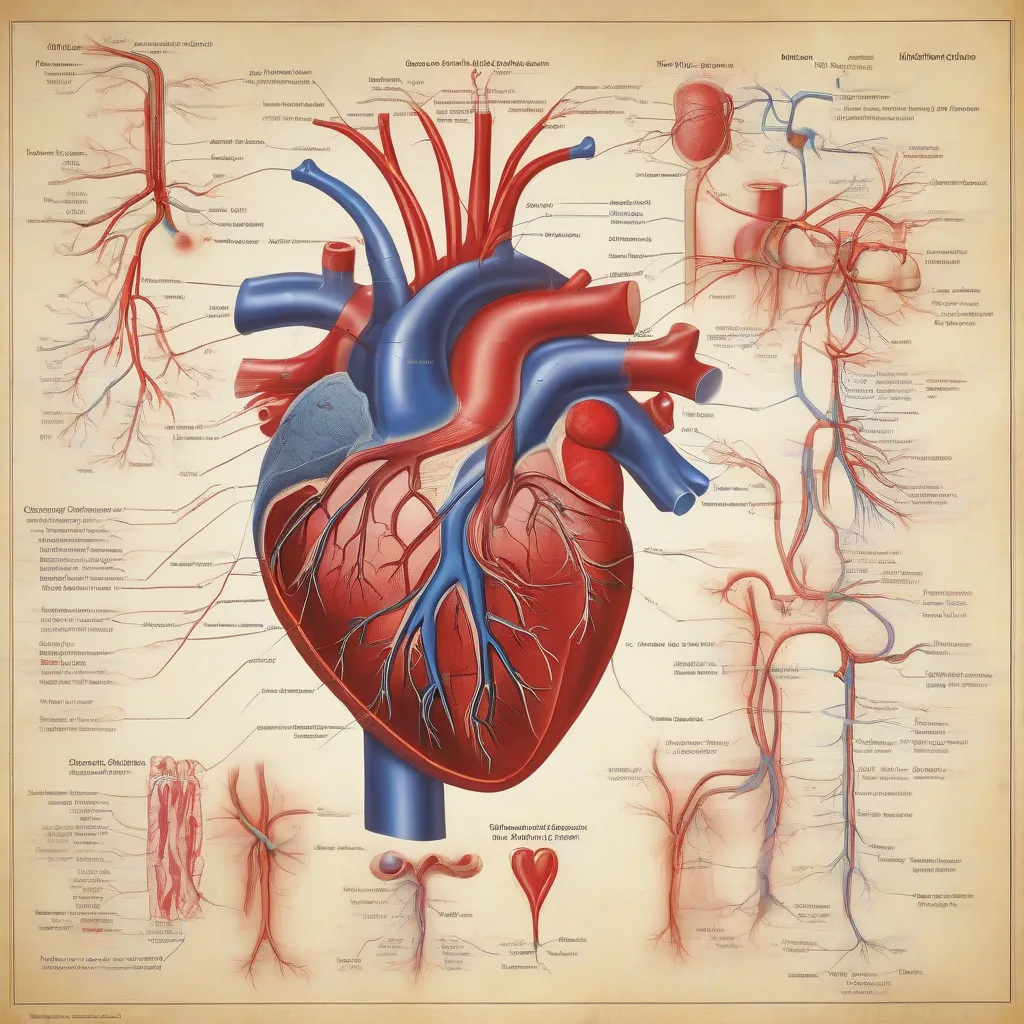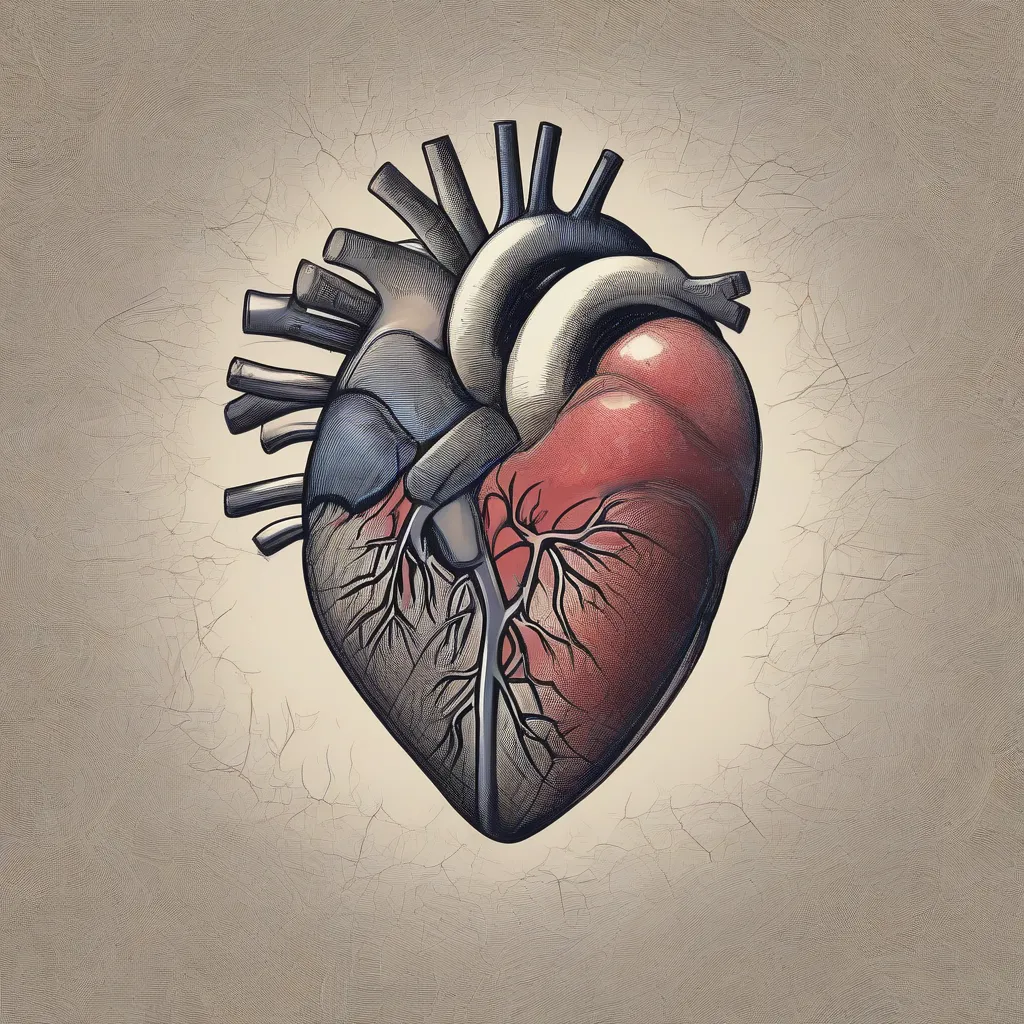Have you ever stood at the edge of the Grand Canyon, marveling at its vastness and intricate network of canyons and ridges? Our bodies, much like the Grand Canyon, hold hidden depths and complex systems, one of the most vital being the circulatory system. Just as the Colorado River carves its path through the canyon, our blood flows through a network of vessels, carrying life-sustaining oxygen and nutrients to every cell. So, how does this intricate dance of life happen? Let’s embark on a journey to understand how blood travels through the body.
The Heart of the Matter: The Body’s Transportation Hub
Imagine the heart as a bustling train station, constantly receiving and dispatching precious cargo. This powerful organ, roughly the size of your fist, acts as the central pump, propelling blood throughout the body through a complex network of blood vessels.
Arteries: The Expressways
Arteries are the outbound highways of our circulatory system. These thick-walled, elastic vessels carry oxygen-rich blood away from the heart to various organs and tissues. Think of them as the autobahns of Germany, designed for high-speed transport.
Veins: The Scenic Routes
Veins, on the other hand, are the return routes, carrying deoxygenated blood back to the heart. These vessels have thinner walls and often feature valves to prevent backflow, ensuring a smooth return journey. Imagine them as scenic country roads, meandering through the landscape.
Capillaries: The Tiny Connectors
Connecting arteries and veins is a vast network of tiny capillaries. These microscopic vessels are where the real magic happens. Oxygen and nutrients are delivered to the surrounding tissues, while waste products are picked up for disposal, all within these minuscule passageways.
The Circle of Life: A Continuous Loop
The journey of blood through the body is a continuous loop, a remarkable feat of engineering. It follows a specific route, ensuring every cell receives the nourishment it needs.
Right Atrium and Ventricle: The journey begins in the right atrium, which receives deoxygenated blood from the body. The blood then flows into the right ventricle, which pumps it to the lungs.
The Lungs: Refueling the Engine: In the lungs, blood picks up a fresh supply of oxygen and releases carbon dioxide, much like a train refueling at a station. This oxygenated blood then returns to the heart.
Left Atrium and Ventricle: The oxygen-rich blood enters the left atrium and flows into the left ventricle. This powerful chamber then pumps the blood out to the rest of the body, completing the cycle.
Travel Tips for a Healthy Circulatory System
Just like maintaining your car for optimal performance, taking care of your circulatory system is crucial. Here are some travel tips for a healthy heart and happy travels:
- Stay Active: Regular physical activity, like exploring a new city on foot, can strengthen your heart and improve circulation.
- Eat a Balanced Diet: Just as you wouldn’t fuel your car with sugary drinks, nourish your body with nutrient-rich foods.
- Manage Stress: Long queues and travel delays can be stressful, but finding ways to relax, such as practicing mindfulness or enjoying a scenic view, can do wonders for your heart health.
FAQs: Unpacking Your Queries
Q: What is the role of blood pressure in circulation?
A: Blood pressure is the force exerted by blood against the walls of blood vessels. It’s essential for pushing blood throughout the body.
Q: Can I improve my circulation naturally?
A: Absolutely! Regular exercise, a healthy diet, and stress management techniques can all contribute to healthy circulation.
Seeking Further Adventures?
Want to delve deeper into the fascinating world of the human body? Check out our article on “How to Get Rid of Traveler’s Diarrhea” for more travel health tips.
 The Human Circulatory System
The Human Circulatory System
 A Healthy Heart
A Healthy Heart
In conclusion, understanding how blood travels through the body is like appreciating the intricate map of a city you’re about to explore. It’s a fascinating journey filled with intricate pathways and vital processes that keep us going. By taking care of our circulatory system, we’re essentially ensuring our own personal transportation system runs smoothly, allowing us to enjoy all the adventures life has to offer.